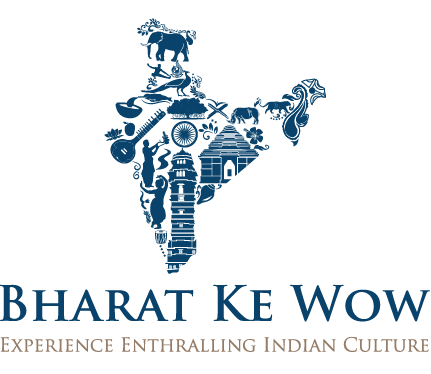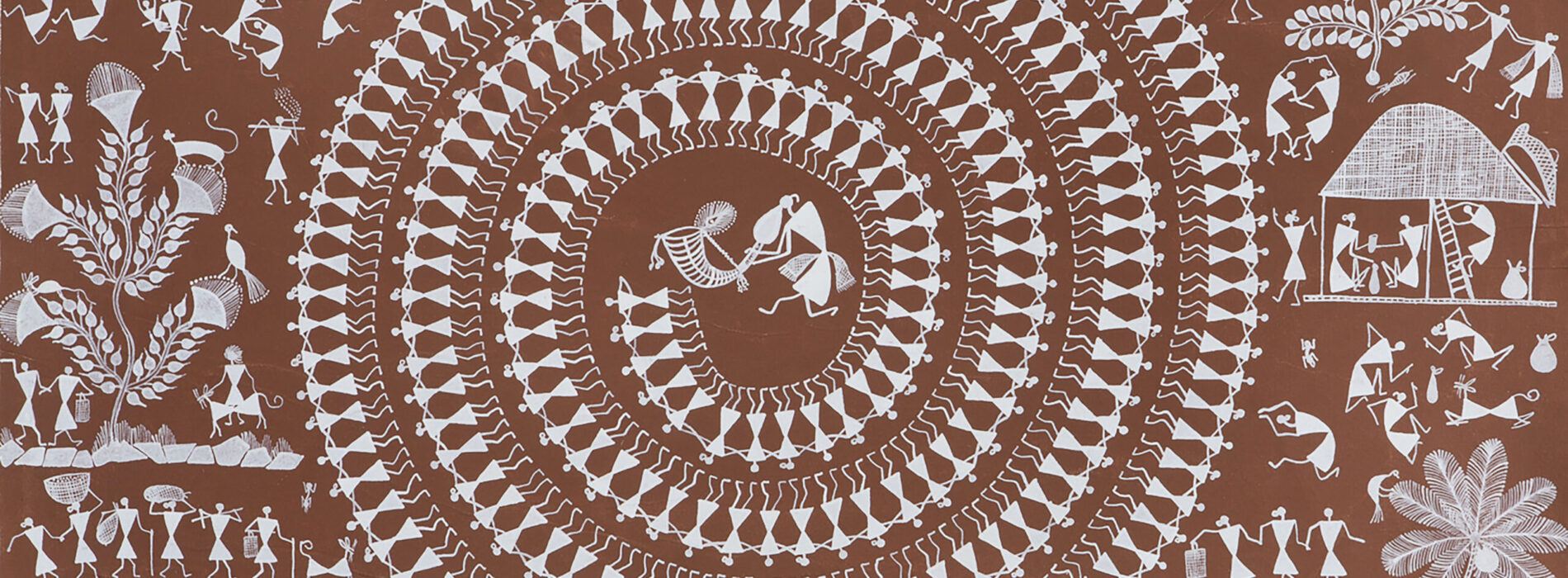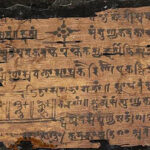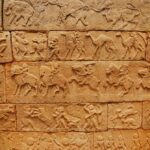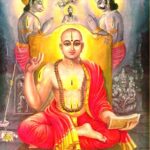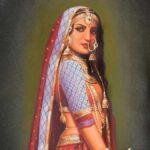Warli Art: An Ancient Narrative of the Warli Tribe
- Vijay Iyer
- June 17, 2023
- 0 Comment
Warli art, derived from the word “Warla,” meaning “piece of land” or “field,” is a unique form of tribal art practiced by the Warli tribe in Western India, primarily on the northern outskirts of Mumbai. This art form, characterized by its simplistic yet expressive style, holds a rich cultural heritage and provides insights into the social lifestyle and activities of the Warli community. In this article, we delve into the origin, themes, techniques, and significance of Warli art, showcasing its narrative nature and artistic traditions.
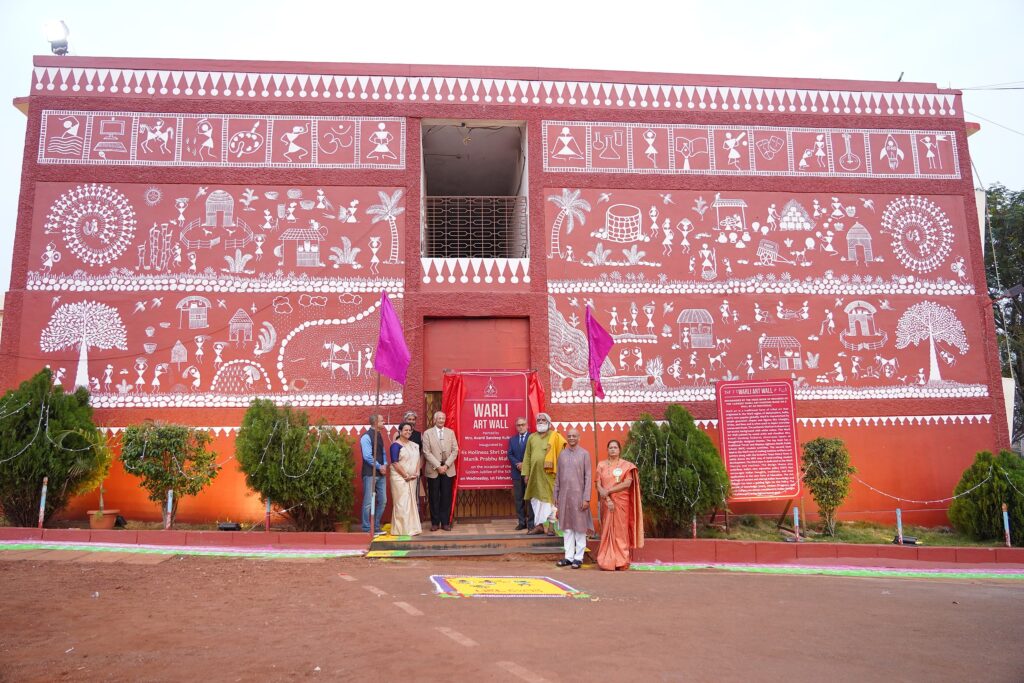
Origins and Cultural Significance
Believed to have emerged in the tenth century C.E., Warli art has been passed down through generations, preserving the tribe’s cultural heritage. The Warli people, living in close-knit villages characterized by thatched mud huts, rely on agriculture and farming for their sustenance. Warli art plays an integral role in their lives, particularly during festivals, weddings, and harvest seasons, adorning their homes with vibrant and meaningful paintings.
Themes and Symbolism
Warli paintings depict various aspects of the Warli tribe’s social lifestyle and activities. Scenes of hunting, fishing, farming, and village life are intricately captured, showcasing the close bond between the Warlis and nature. The art form also pays homage to natural elements such as the sun, moon, thunder, lightning, wind, and rain, reflecting the tribe’s deep reverence for the environment. Festivals hold a special place in Warli art, with each celebration having its unique significance, often associated with gods and goddesses such as Naranadeva (god of rain), Hirva, Nimai, Jhoting, Tiger God, and Kansari (goddess of grain). The circular and spiral motifs found in Warli paintings symbolize the Tarpa dance, representing the eternal joy and cyclical nature of life.
Ritualistic and Non-Ritualistic Paintings
Warli art encompasses both ritualistic and non-ritualistic paintings. Ritualistic paintings, such as the Marriage Chowk, Lagna Chowk, Dev Chowk, and Kanna, hold spiritual and ceremonial significance. Marriage Chowk paintings, for instance, are created by married women to protect the bride and groom from evil spirits, ensuring fertility and enhancing procreative abilities. Lagna Chowk, featuring intricate geometric patterns and the figure of Palaghat Devi (goddess of fertility), blesses the couple with good fortune. Dev Chowk, painted during weddings, offers protection from misfortune and bad luck. Non-ritualistic paintings showcase daily activities like hunting, agricultural work, and festivals, serving decorative purposes and reflecting the Warlis’ vibrant cultural life.
Technique and Visual Elements
Warli art is renowned for its simplistic yet expressive technique. The paintings are traditionally created on surfaces coated with mud and cow dung, with rice paste used to achieve the white color. Salati grass or bamboo sticks are utilized as painting tools. The most striking feature of Warli art is the “caukat,” a dazzling square filled with various geometric shapes. Within the caukat, the central figure of Palaghat Devi, symbolizing creative energy and fertility, takes a significant place in the composition.
Depiction of Human Figures
Warli art is characterized by its distinctive portrayal of human figures. The figures are represented using two triangles joined at the tip, with the upper triangle symbolizing the trunk and the lower triangle representing the pelvis. The faces are depicted as simple circles, devoid of specific features such as noses, eyes, and ears. Male figures are identified by their hair, while females have unique hairstyles depicted within a circle known as “Ambada.”
Depiction of Birds and Animals
As Warli artists are intimately connected to the natural world, their paintings often feature animals and birds found in their surroundings. Domestic animals such as cows, bulls, hens, and dogs are prominently showcased, representing the agricultural lifestyle of the Warli tribe. Birds like peacocks and sparrows symbolize prosperity and are widely depicted in traditional textiles, embroidery, and paintings. Additionally, Warli art incorporates the portrayal of snakes and frogs, where frogs symbolize rainfall and scenes of harvesting or farming signify abundance and prosperity.
Tarpa Dance: A Central Aspect
The Tarpa dance holds significant importance in various Warli paintings. This traditional dance involves a trumpet-like musical instrument called the tarpa, played by different men of the village in turns. As the tarpa player moves, men and women entwine their hands and form a circle, following his lead. The dancers move in synchronization, never turning their backs on the tarpa player. The circular formation of the dancers represents the circle of life, accompanied by different musical notes that dictate the direction of movement. The Tarpa dance serves as a vibrant and joyful element in Warli art, portraying the tribe’s community spirit and cultural celebrations.
Spatial Composition and Narrative
Warli art employs a unique spatial composition, often dividing the pictorial space diagonally, horizontally, or vertically. Enclosures within the landscapes, marked by piles of stones or islands of sand amidst fields or water bodies, create distinct spaces for each image within the painting. Each character, be it a human, animal, or natural element, occupies its own individual space, contributing to the narrative aspect of Warli art. The composition invites viewers to immerse themselves in the stories and traditions depicted within the paintings.
Warli art stands as a testament to the cultural heritage of the Warli tribe, reflecting their social lifestyle, deep connection with nature, and rich traditions. With its narrative nature, simplistic style, and symbolic representations, Warli art continues to captivate art enthusiasts and serve as a significant cultural expression. The artistic legacy of Warli art is a cherished part of India’s heritage, showcasing the timeless beauty and cultural significance of tribal art.


